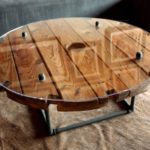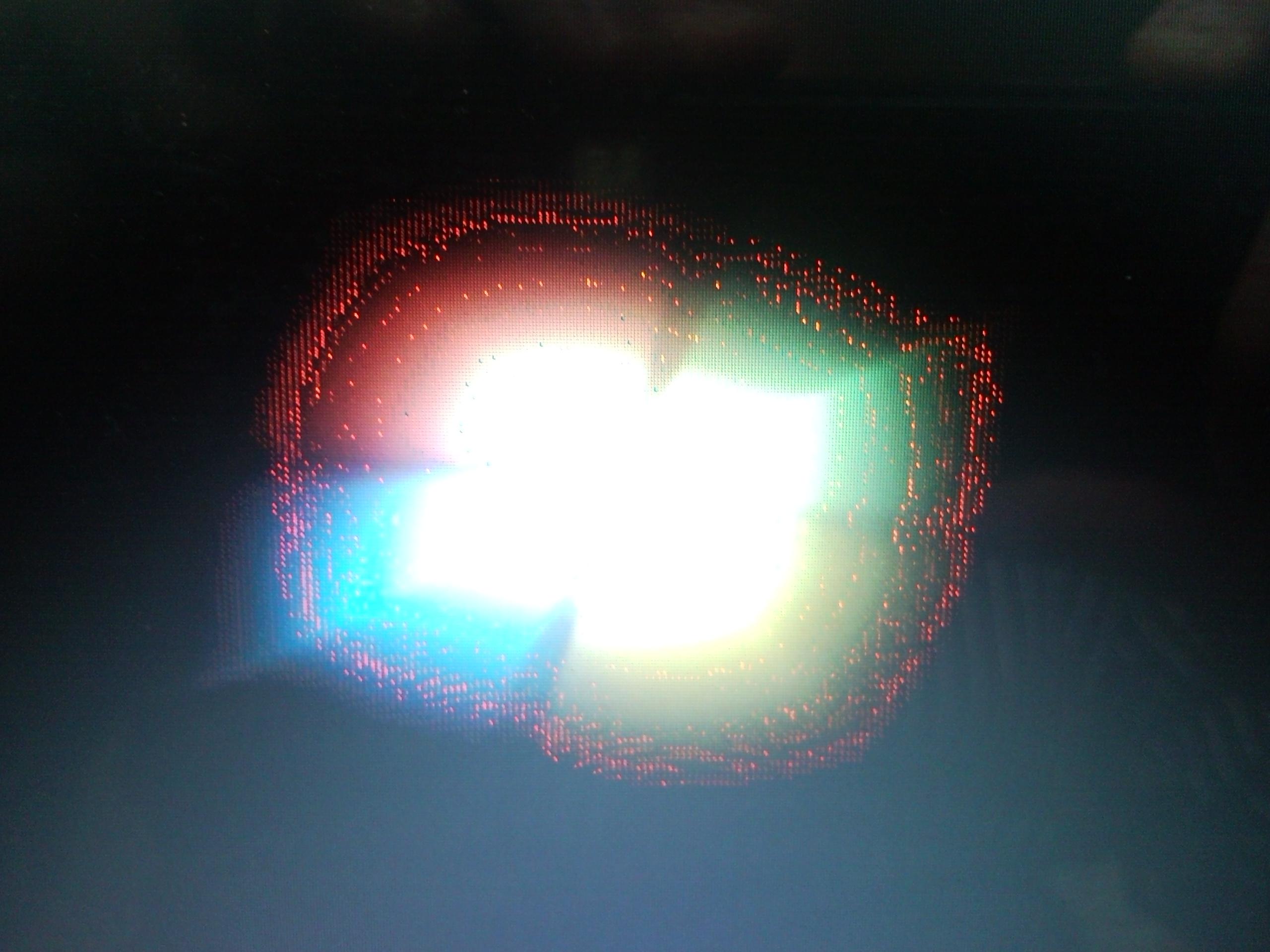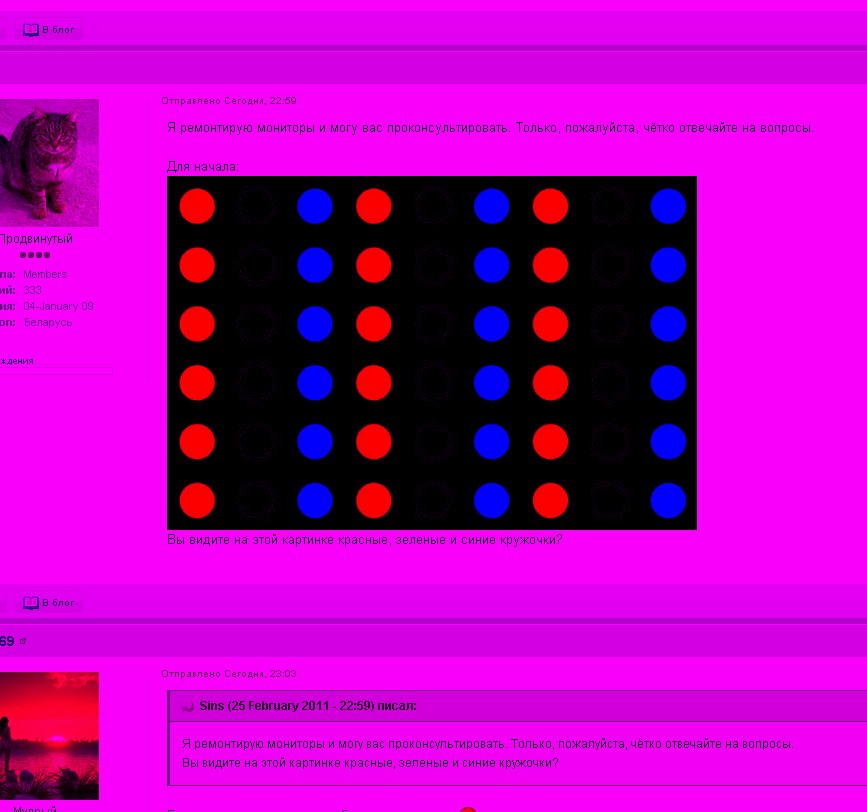Why is the monitor square and not round?
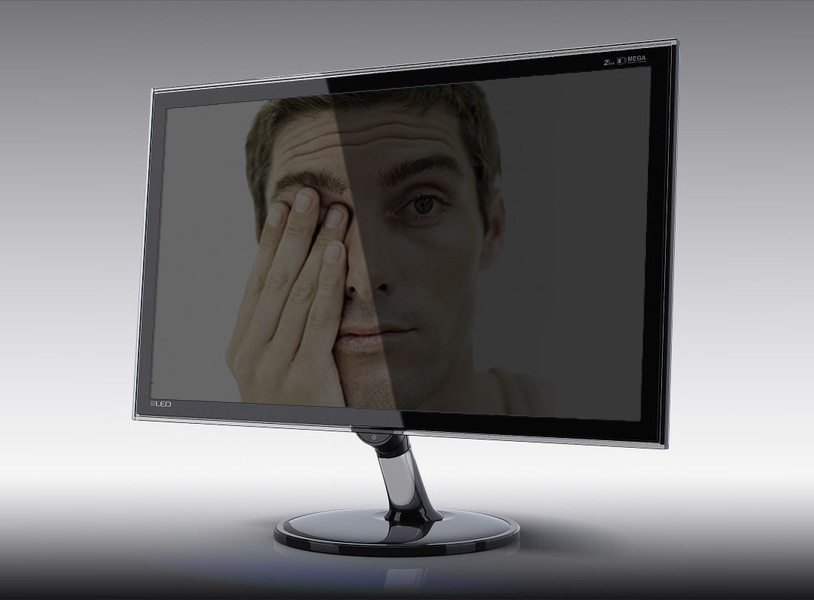 Planets floating in space are round, our Earth is round, the Sun, the source of all our light, is also round. So why is the human eye, with a round optical field, forced to process information from rectangular monitors? Sure, we have two eyes, but this gives the 3D illusion of an oval rather than a rectangular field of view. And even if the photon had a shape, it would certainly be spherical, since it is described by sine waves and interferometry.
Planets floating in space are round, our Earth is round, the Sun, the source of all our light, is also round. So why is the human eye, with a round optical field, forced to process information from rectangular monitors? Sure, we have two eyes, but this gives the 3D illusion of an oval rather than a rectangular field of view. And even if the photon had a shape, it would certainly be spherical, since it is described by sine waves and interferometry.
So why is the monitor of our laptop, tablet and phone not round, as nature requires?
The content of the article
Why don't they make round monitors?
It turns out that in the USSR there were prototypes of spherical monitors. And CRT tubes initially had a round screen, which were transformed for mass household consumption.
In fact, there are several versions of why displays are produced in rectangular shapes.
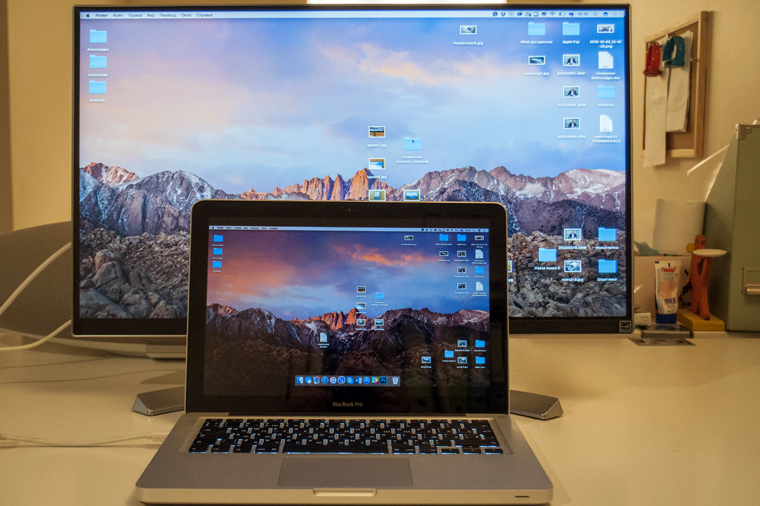
Suppose, from a technical point of view, that modern monitors are relatives of movie screens, then tradition can be considered one of the versions of squareness. Everyone remembers the square film strip, when the frames follow each other linearly, but roundness would be strange here.
Video, after all, also consists of frames, and in order to store large volumes, they must have a replicable format, which is considered to be a rectangle.
Reference! From the point of view of marketing and popularization of comfort in everything, the transition from rectangular Cartesian coordinates to spherical ones has become almost impossible. Wide-format panels provide a larger image and fit perfectly into any interior.
And the technological process for producing square models is an order of magnitude simpler than their round counterparts. There is less waste, and installation of rectangular elements takes less time than spherical components. Everything square is easier to measure, count and store on rectangular shelves in rectangular rooms.
Is it possible to make a round monitor?
If we approach the issue purely technically, a spherical monitor is not a fantasy, but a very labor-intensive and economically unjustified process.
To create a television picture, a linear scanning method is used, when the beam, at a constant speed, moves horizontally and vertically, forming a raster by drawing horizontal lines and vertical columns. In a rounded form, due to the different lengths of the lines, this cannot be achieved.

Technically, no one bothers to do not a linear, but a polar scan with a constant angular velocity of the beam, as is used in radar. The difficulty will arise only in the subsequent conversion of information from the film.
Interesting! An attempt to introduce the round shape of a computer monitor into production was first made by the leading engineer of the Taganrog Beam Unit Plant, Vsevolod Saprykin. In the late 90s, Saprykin presented management with an individual development with a detailed description of the production process. After which the engineer was criticized and accused of profanation of budget funds.
Is a standard operating system suitable for a round monitor?
If we assume that there is a round computer on the table and we have to work on it, the first thing that comes to mind is: “How to synchronize existing software with the “new product of progress”? After all, all available equipment is focused on using square or rectangular formats, and to fully enjoy the work of a spherical display, you need media of this format. All this will entail a lot of inconvenience. So, to shoot in a round format, you will need large rolls of film, the projected image will be smaller, and it will become much more difficult to frame and crop pictures.
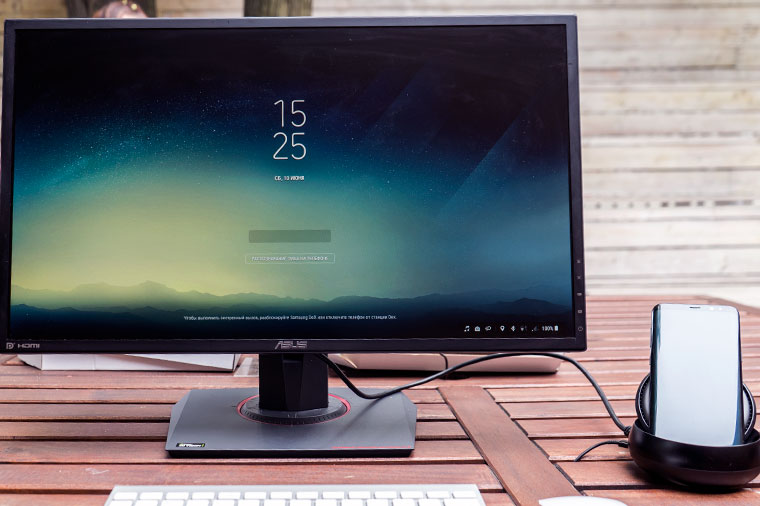
Attention! The modern format is absolutely not adapted to a spherical screen. It is impossible to save the entire image from a square medium; the extreme borders will be cut off by the geometric shape of the box, thereby losing the amount of information.
Pixels in modern displays are arranged in a rectangular pattern. If you tried to fit pixels into a rounded display using existing manufacturing techniques, they would be rectangular in shape, but with short rows and columns cut off at the edges. And to arrange the pixels in a circle will require the development of new production technologies, software and hardware, for which it will be a real nightmare.
But there are also advantages of this invention: programmers creating a new OS and UI will have an additional amount of work. So it turns out that rectangular monitors are not a whim of civilization at all.

